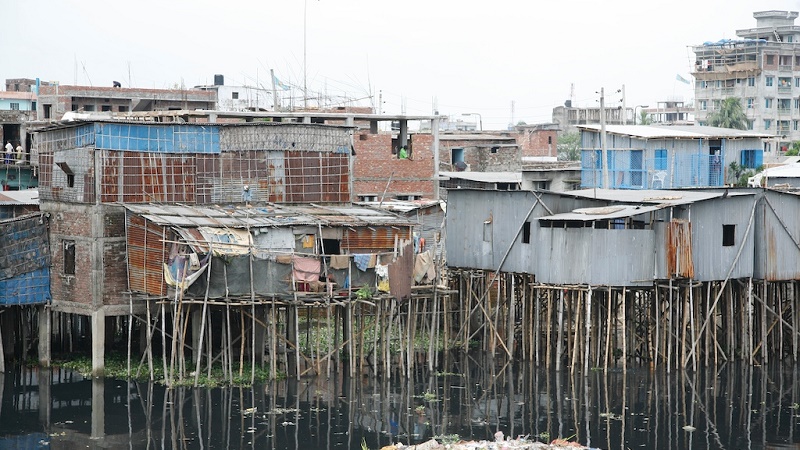“We are breaking records in this chamber. But records have also been broken outside,” UN secretary general Ban Ki-moon said last Friday when 175 countries gathered in New York to sign the Paris Agreement on climate change.
Now the real work has begun to make this record-breaking agreement a reality.
This week, the Executive Committee of the Warsaw International Mechanism on Loss and Damage (WIM) is meeting for the 3rd time in Bonn.
The talks in Bonn aim to forge collaboration across state and non-state actors to address the increasing problem of irreversible loss and damage from unavoidable climate change impacts.
Marginalised people
The Loss and Damage Executive Committee focuses on finding and promoting approaches to address loss and damage, and it should pay particular attention on the needs of the most vulnerable people and populations in the world. This matters, as some of the current instruments don’t work in all very difficult contexts of poor communities.
It is often the poorest and most marginalised people who also lack access to information and resources. They require special attention when the international community seeks to better address both the economic and non-economic losses from slow-onset or extreme events, like the devastation caused by the current El Nino, or the displacement of people from drowning coastal areas and islands.
These aspects should be included in the mandates of specific groups and task forces, which the Loss and Damage Executive Committee is about to set up this week, specifically those on non-economic losses and on climate change displacement.
Finance gap
One of the questions left open in the Paris Agreement is additional finance for dealing with the loss and damage.
The Executive Committee currently has a limited approach to loss and damage finance. Its mandate is mainly about disseminating information related to financial instruments and tools to address loss and damage in order to encourage comprehensive risk management.
A key topic, which will be discussed this week is a background paper by the UNFCCC Secretariat on financial instruments such as index-based and catastrophe insurance, disaster relief funds and social protection schemes or micro-savings. This draws on inputs submitted various organisations.
The paper notes that at the moment these instruments fall short of generating financial resources at a scale sufficient to meet the growing requirements related to future loss and damage.
Vulnerable countries will face an increasing extra burden from climate change impacts, compromising their chances of tackling poverty.
The Executive Committee should discuss how richer countries that are more responsible for the problem could play their fair part in closing the finance gap.
Five-year plan
Loss and damage will be in the spotlight at this year’s UN climate summit in Morocco (COP 22). Governments are expected to agree on a new five-year work plan for the loss and damage mechanism.
At this week’s meeting in Bonn, the Executive Committee will, for the first time, have a more in-depth discussion on what this five-year work plan could look like.
There is the expectation in particular by developing countries that in its second phase (2017-2021) the mechanism will become a tool to ramp up support and action in developing countries, building on the existing work on generating a knowledge base.
The current work areas combined with the guidance of the Paris Agreement already provide a good framework to take the international loss and damage work forward, however, finance, in particular, remains an unsolved issue.
The Executive Committee should take into account what contributions it could make to key milestone dates for the next years, such as the IPCC special report on 1.5C and the UNFCCC “facilitative dialogue” in 2018.
The latter could become a trigger for governments to raise the ambition of their climate plans, which is essential to limit warming to 1.5C and thereby contain loss and damage.
As 2019 will see a more comprehensive review of the Sustainable Development Goals (SDGs), the Warsaw Mechanism could also leverage understanding of how loss and damage affects progress on relevant SDGs, and how approaches to address loss and damage may contribute to this.
Overall, this week’s meeting on loss and damage can and must deliver significant progress on the way to COP22 and beyond in shaping a serious response to the loss and damage threats vulnerable countries and people face.
Sven Harmeling is climate change advocacy coordinator at CARE
